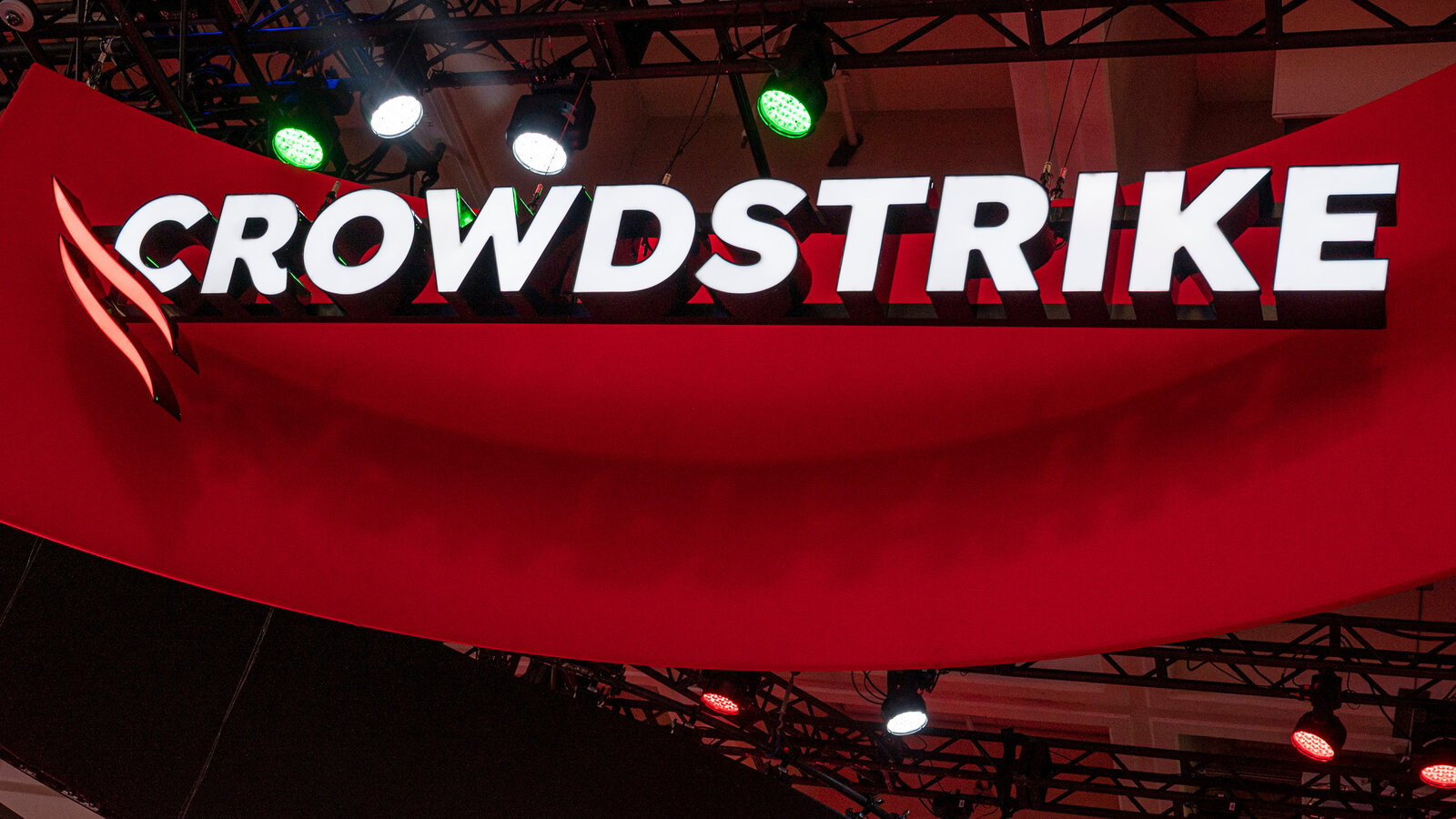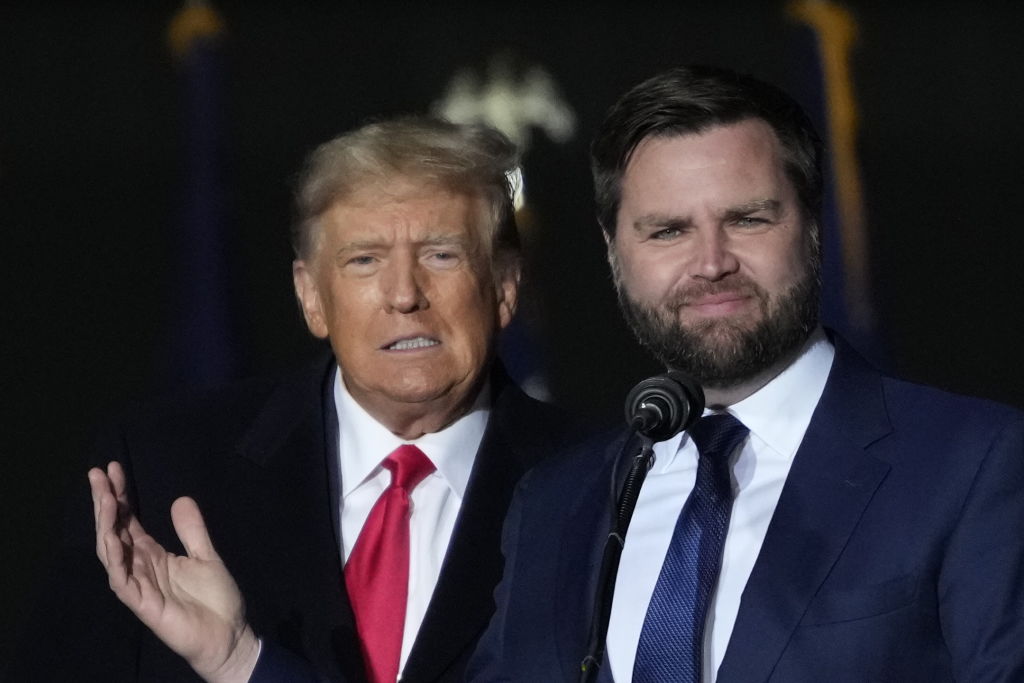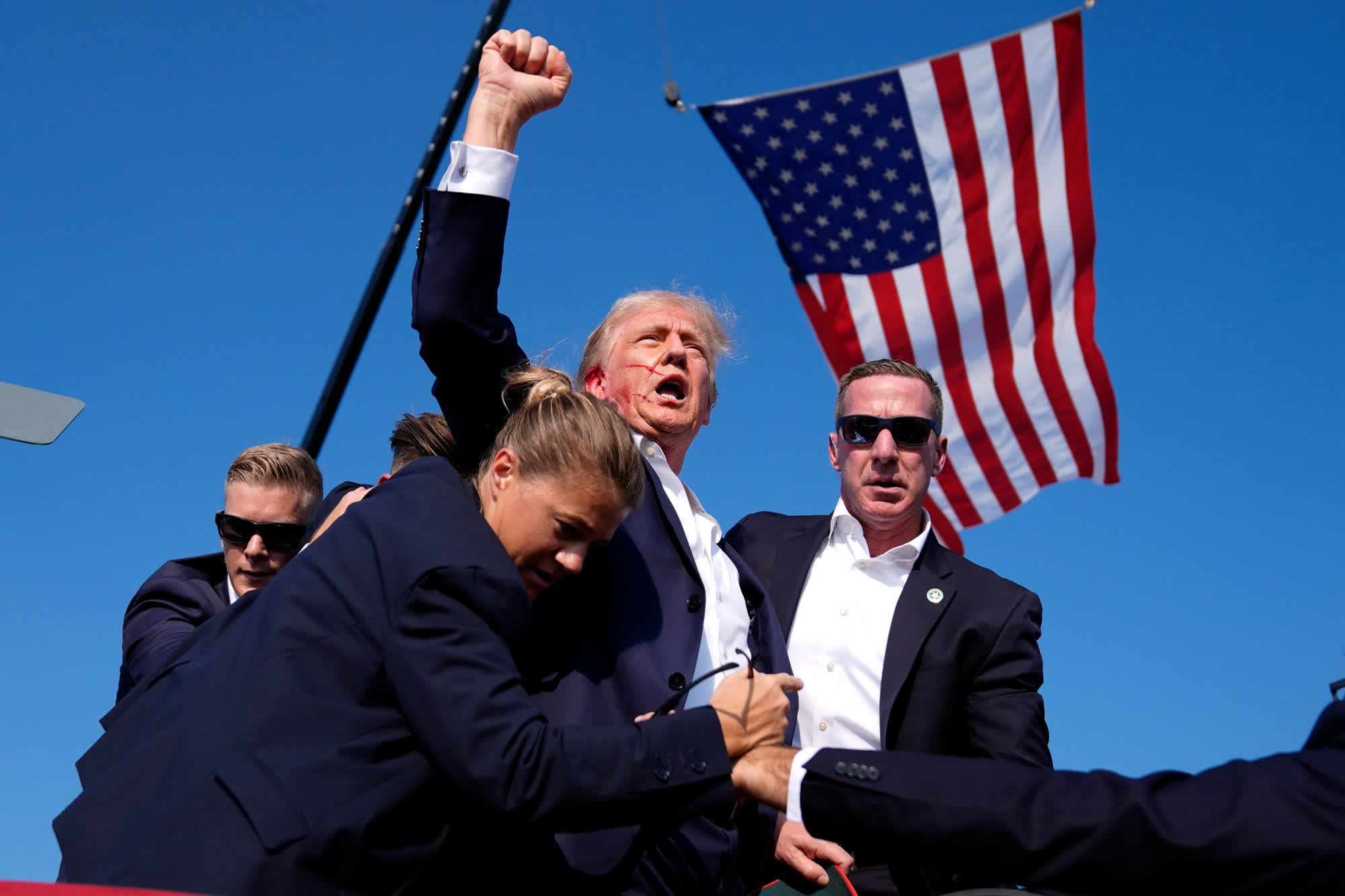“Despite Surging Job Numbers, Many Workers Struggle to Secure Sustainable Employment Matching the Rising Cost of Living”
Based on research from the Economic Policy Institute, the underemployment rate currently hovers just below 7 percent, marking its lowest point since the agency started monitoring in 1990. Under the previous administration, underemployment stood at over 14 percent when Trump departed office. Since reaching a peak in March 2021, there has been a consistent downward trend.
“Since the recovery from the COVID-19 pandemic, unemployment has declined pretty steeply and quickly,” said Lonnie Golden, professor of economics and labour-human resources at the Pennsylvania State University.
source: tradingeconomics.com
While the Biden administration saw record job growth, it is not clear that the new jobs in question are well-paying sustainable jobs that meet the cost of living across the US.
“In the last year, we’ve seen an uptick in the way the Bureau of Labor Statistics measures the number of people working part-time but would prefer to be working full-time hours,” said Golden.
“These figures kind of mask the extent of underemployment for people because they’re seeking a second job for more income,” she added.
Despite the economic gains, child poverty is up 137 percent, and average rent prices have surged nationally.
A recent report from Zillow reveals that the proportion of income required to rent a median-priced apartment in the US has surged by 40 percent since before the onset of the COVID-19 pandemic. This increase is even more pronounced in certain cities.
For instance, in Miami, Florida, renters must allocate 43 percent of the average income to afford a median-priced rental apartment, despite the fact that the minimum wage in Miami is $12 an hour.
On a national scale, the purchasing power of the minimum wage reached its zenith in 1968 and has failed to keep pace with the rising cost of living ever since.
Additionally, a study conducted by the Federal Reserve Bank of New York highlights a much higher underemployment rate, particularly among college graduates, which stands at 33 percent. This figure accounts for graduates who are employed in positions that do not necessitate a college degree.
During the ongoing recovery, a significant portion of the job gains has been concentrated in the leisure and hospitality sector, known for its prevalence of low-wage positions.
Saru Jayaraman, the founder of One Fair Wage, emphasized to Al Jazeera that the growing American workforce is increasingly composed of low-wage earners. Jayaraman suggests that President Biden, historically viewed as more supportive of workers compared to his Republican counterparts, could significantly bolster his strategic position by wholeheartedly addressing wage issues.
“It’s becoming increasingly challenging to persuade workers to support a Democrat promising wage increases when those promises go unfulfilled,” Jayaraman remarked.
Despite such concerns, it’s worth noting that during the last election cycle, Biden did deliver on many of his campaign pledges.
One of President Biden’s initial moves upon taking office was to pursue a widespread increase in wages through the Raise the Wage Act. However, this initiative faced opposition from Republicans and ultimately did not pass.
Nevertheless, Biden successfully implemented a minimum wage increase for all federal contractors, leveraging the significant impact of the US government as the nation’s largest employer.
Despite these actions, Biden has yet to address the issue of abolishing the subminimum wage, which permits tipped workers to receive as little as $2.13 per hour, with the expectation that tips will compensate for the remainder. While some states mandate higher direct wage amounts for tipped employees, the practice of relying on tips remains prevalent in the food service and other domestic industries.

The Trump administration actively sought to restrict tipped wages for restaurant workers, advocating for business owners to gain control over tips and distribute them as they deemed appropriate.
Various proposed solutions to combat underemployment include a range of comprehensive measures, among them the nonprofit organization One Fair Wage’s campaign to eliminate the sub-minimum wage on a national scale.
One Fair Wage’s advocacy efforts have led to the inclusion of wage-related measures on ballots across the country, attracting more votes than either presidential candidate in certain instances.
“In 2020, the number of votes cast in favor of a $15 minimum wage in Florida exceeded the votes received by either Trump or Biden,” Jayaraman noted.
Source: https://www.aljazeera.com/economy/2024/2/8/americas-underemployment-problem







